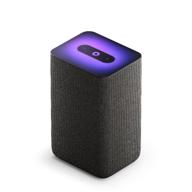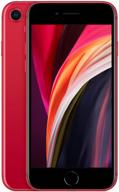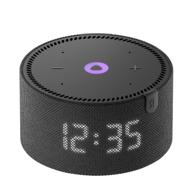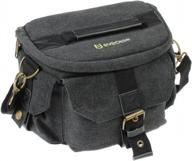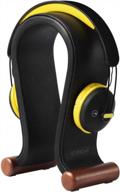- I bought it to replace the D750, which I have been using for more than five years. What I liked about the new Z6 mirrorless camera: Focus area across the entire field. Focusing on the face and eyes. Matrix stabilizer. Glasses, which had no analogues in terms of price and picture quality, mirrored Nikon: 14-30/4, 24-70/4, 85mm 1.8S Lighter and more compact than my DSLR.
- The battery is consumed much faster than on a DSLR. You could relax on a DSLR, keep the camera in the ON position for a long time and not particularly monitor the charge level. Here it is necessary that the battery be fully charged before an important shooting. I purchased a second native EN-EL15 battery. When I connect to a computer via cable, not all photos open for preview. You have to first dump it on the computer, then view it.
- Light weight, easy to use, color depth, high ISO, amazing video quality and easy to shoot, focusing is incredibly smooth, like you are shooting a movie
- One memory card that costs from 10k
- lightweight, tiny, pointed, touchable, and dependable. Stab.
- A new format for memory cards. It is impossible to ate the firmware without a branded card reader, which costs a lot, so you have to go to the service - they do it for free. Older lenses that do not have motors are not supported any longer. That is, you can shoot on them, but you can hardly get into focus, since there are no tips in the form of arrows.
- Versatility. Matrix. stub Viewfinder
- The battery could have lasted longer. But not critical.
- Ease of use. Focusing is very fast and accurate. Eye focus. Work at high ISO. The weight. The size. The ability to use the entire fleet of optics through an adapter. Movable display.
- Plugs on the left side of the camera with access to various connectors. A huge amount of dust collecting on the matrix. Memory card cover without lock (very easy to open by accident) One slot for memory cards. Memory card XQD (cost 128GB at the moment 20.000r) The absence at the moment of third-party optics for the new mount. The adapter for F-mount optics costs almost like a lens.
- In general, this is the first time I write a review, but this camera is worth talking about! I switched to it from the d750. And I realized how hopelessly outdated the d750e carcasses were. I got the noise at 2500 iso! And here it’s just a night vision camera!))) AF is fast as a beast!
- There are some things that we had to put up with. Basically, it's all subjective. But) 1 memory card. As a wedding photographer, I'm scared! Nikon, of course, reassures, they say it is very reliable, but two are more reliable) And why is xqd? Add to the cost of 20k immediately. It would be better to leave SD. Well, at least 30mp.
- light, compact, sharp, touch, reliable. Stab.
- New memory card format. It is impossible to ate the firmware without a branded card reader, which costs a lot, so you have to go to the service - they do it for free. Old non-motorized lenses are no longer supported. That is, you can shoot on them, but you can hardly get into focus, since there are no tips in the form of arrows.
- The best universal device for photo and video. Autofocus was finished with firmware, now it's better than Sony, at the level of kenon dual pixel. Added equal video, albeit with skipping lines, still the picture is equal to another level. Yes, even without equal, a great picture, it is strikingly different from all previous models, I shot both on the d800 for many years and on the d750 video. There are no questions about the photo. The G-series optics are well-behaved.
- Expensive memory card, Nikon's terrible concept in terms of a bat block, which is essentially complete slag, stupidly an extra battery. Without the shooting buttons . completely . well, the screen would be completely swivel.
- Size, weight, touch screen, good viewfinder, a bunch of new technologies (for me with the d800).
- Size and weight (general grip after 800). Lack of buttons on the case. Battery drains quickly






